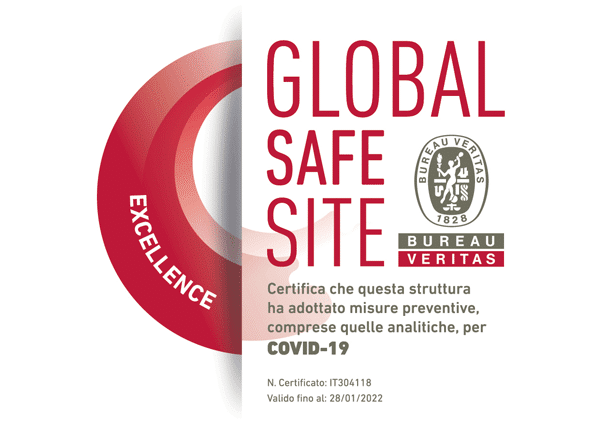Vitrectomy
Vitrectomy is used in the treatment of some maculopathies e del retinal detachment. Vitrectomy is a surgical technique that involves the removal of the vitreous, the gel contained inside the eyeball; the surgical procedure provides clear access to the macula, the area of the retina that is affected by the maculopathy.
The procedure lasts approximately one hour and is painless thanks to the anesthesia used. Anesthesia can be total or, as in the majority of cases, local. Sutures are usually not required; however, if needed they will be self-absorbing and will not require manual removal.
Peeling
Once the vitreous has been removed, the surgeon removes the epiretinal membrane by literally peeling the film away from the surface of the vitreous. During this process, the surgeon must pay maximum attention and protect the retina below. This is a very delicate step of the procedure and necessitates calm and gentle manipulation.
Tamponade
At the end of surgery, on the basis the underlying pathology and the end-stage conditions of the retina, the surgeon must decide which substance to insert in the eye to replace the vitreous. There are three possible options:
- Physiological solution: a sterile balanced liquid for use in the eye. It does not alter the patient’s sight in any way and consents more rapid recovery in the post-operative period;
- Gas: this is extremely useful when the surgeon has to seal a hole (a peripheral retinal rupture or a macular foramen). It is used when strictly necessary; it has the advantage of being automatically absorbed by the eye and within a month or so is replaced with a liquid produced by the eye itself;
- Silicone oil: this tamponade is used on very rare occasions and only when the retina is severely compromised. This liquid does not reabsorb and will distend the eye for the entire period it persists inside the eye. A second surgical procedure is required to remove it, normally after a period of two or three months.
Preparation for surgery
Four days prior to surgery, the patient must stop applying any make-up to the eyelids and interrupt any local treatments with creams, eye drops or ointments and start using those prescribed by the surgeon. Before leaving home, the patient should was his/her face and eyes with soap. It is advisable to bring a pair of sunglasses as these will be useful following surgery.
The post-operative period
A couple of hours after surgery, the patient must begin the post-operative treatment. This includes oral medication and eye drops prescribed by the surgeon. The patient must not interrupt the treatment unless told to do so by his surgeon. Over the first few days post-surgery, it is advisable that a friend or family member administers the eye drops.
A patch is rarely used to cover the operated eye; more often than not, the eye is protected with sunglasses that will protect the eye from the discomfort of light, air and dust and particularly from potential trauma.
The sunglasses should not be very dark; however, they must be worn at all times, even inside the home, for at least one week.
For the first week, during the night, the eye must be protected with a ‘plastic shell’ that is normally provided when the patient is discharged. This protects the eye against accidental trauma or rubbing during sleep.
In the post-operative period, the patient must use care and attention to protect his/her eye. This will all be explained in detail during the pre-operative visit.
Sight recovery
Recovery of sight will begin one month after retinal surgery and will continue for more or less the whole of the first year.
A vitrectomy is used to cure the pathology (treat a detached retina, seal a macular foramen, eliminate a pucker or a vitreomacular traction). However, the degree of improvement in the patient’s sight can not be determined prior to surgery.
The patient must also remember that even when the eye has healed completely, it must be controlled periodically by the eye specialist.


